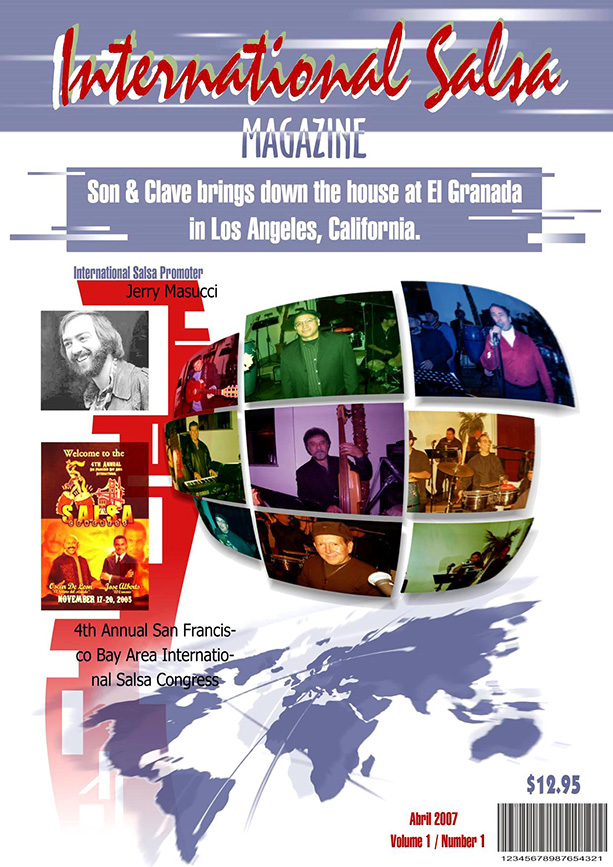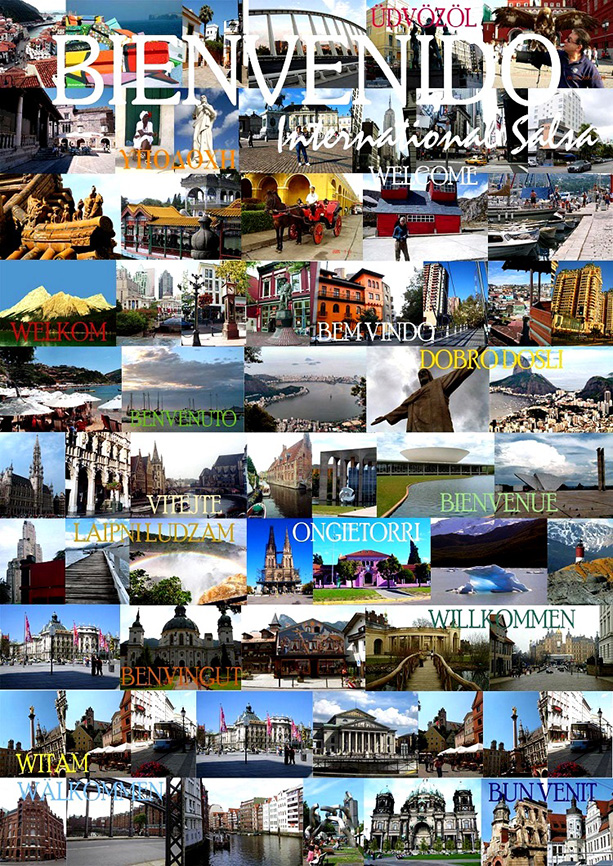
Latin music has been gaining popularity for the last decade so you can notice many Latin rhythms in Madrid, and it seems that it will never stop. The reason behind this success is simple: the dance steps seem to be very easy, although they aren’t but everyone can stand up to dance. Throughout the city you can see people dancing salsa, bachata and rumba on street corners, in restaurants or at various events that take place throughout the city.
Some of the most popular styles of Latin American music include salsa, bachata, cumbia, and cha-cha-cha. But there are many more that are enjoyed by the inhabitants of the city. There are two great aspects that have achieved this love that the people of Madrid have for Latin rhythms, the great Latin parties in the best nightclubs, and learning to dance in the best academies in the city. Learn a little about both in this article.
Best Latin parties in clubs

For all the inhabitants of Madrid, there are several venues dedicated exclusively to Latin music, so it cannot be denied that the best Latin parties in Spain exist in the capital nights. Check the following list:
New One Madrid
This place located in Pueblo Nuevo offers all kinds of Latin parties full of good rhythms. Bachata, salsa or rumba One Madrid manages to please everyone in the audience, and not only with the music, the setting and even the drinks with food have their Latin touch.
Parche Disco Bar
Despite the fact that its space is not that big, it is one of the best places in the city to enjoy a Latin party, have an intimate place for friends and meet new people, as well as taste liquors brought directly from Latin America, at reasonable prices.
Azúcar Salsa Disco
Azúcar is one of the most danceable clubs in Madrid, located right in the center of the city. His forte is dancing but you can also enjoy excellent drinks to the rhythm of live music. It is more than certain that you will return to this club.
Faces Latina
With an excellent location near the Castellana and the Santiago Bernabéu, Faces Latina offers the best Latin rhythms so that Madrid continues to discover these danceable rhythms. With a pleasant atmosphere and quality service, Faces is what you need.
Latin Dance Schools in Madrid

Latin parties are very cool, but the rise of Latin rhythms in Madrid has been so great that people no longer just want to spend a night full of music, but this passion now translates to learning the dances professionally. It is not about wanting to be a professional dancer but about learning the best moves to be the king of the dance floor. Get to know in this list the best Latin Dance schools.
Salsabachata
The most unique dance school in Madrid, since its method is extremely interesting. First of all, it must be said that they play a lot of Latin rhythms and in different groups: for soon-to-be-married couples, for girls or boys, as a couple, zumba and even pole dance. But its catch is that you only pay for each class taken, plus the schedule is set by the student. It is very flexible in that aspect, and even the first class each student seeks is free.
They also offer bonus-style plans, with a number of specific classes where Salsabachata is in charge of reminding you of the classes you have pending. Another of its great characteristics is that you can go completely alone, and there they look for a partner for you, added to the fact that the group does not stop you, you level up without waiting for the others with whom you take the classes. Find more information on their website.
Studio11
For its part, Studio11 is the opposite, with classes for couples of any Latin rhythm where they are proud to say that they have the best dance professionals, for all classes. This school offers an exclusive environment with well-planned schedules.
They do not believe in “bonuses” but to achieve quality it is necessary to do our part and comply with what has been agreed. There is individualized monitoring but the classes are in pairs. They assure that in 8 weeks you can learn from 0 any Latin rhythm. At the same time, they specify that their classes last an hour and a half in order to offer the best attention. Find more about their classes on their website.
The rise of Latin rhythms in Madrid is becoming more and more established, but there is still much more to offer in this incredible city in Spain. Do not miss the other notes of International Salsa Magazine so that you know the best events in Europe.



















